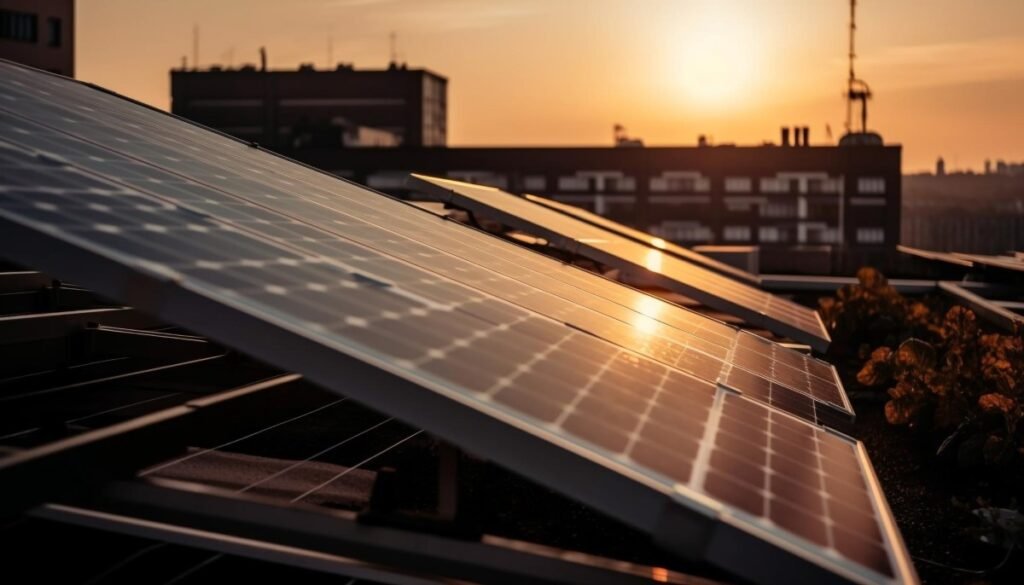If you’ve been considering going solar for a while, you may have already heard about NEM 3.0. Or perhaps you’ve just started shopping for solar, and have heard comments like, “it’s not as worth it with NEM 3.0.” So, is it still worth it to go solar with NEM 3.0?
To cut to the chase, TLDR: the answer is a resounding yes!
But okay, let’s rewind. First off, what even is NEM 3.0?
NEM 3.0 refers to the net metering policy in California, which has had three iterations so far: 1.0, 2.0, and you guessed it, 3.0.
California’s net metering policy changed to this 3.0 version: NEM 3.0 on April 15, 2023.
Net metering refers to a solar policy where your utility company pays you for extra electricity your solar system generates and sends to the grid.

How does NEM 3.0 work?
Before NEM 3.0, under NEM 2.0, you had a one-to-one net metering system, which meant that your utility company would credit your electricity bill for the excess electricity your solar system sends to the grid at the same rate at which you purchase from them (the retail electricity rate). Under NEM 3.0, the California Public Utilities Commission (CPUC) established a new rate for crediting that excess electricity exported from your solar system to the grid. The compensation model shifted to a ‘net billing’ model, where the bill credits are equal to the wholesale electricity rate value (what your utility company pays for electricity, which is significantly lower than what you pay as a consumer). Because the wholesale value of electricity depends on supply and demand in the market, your exact compensation varies by the hour of the day, day of the week (weekday vs. weekend), and month you export the energy. That’s pretty complicated, right? The overall takeaway for consumers is that NEM 3.0 dropped the compensation rate by about 75% for new solar owners, compared to NEM 2.0. Bummer.So, does NEM 3.0 make solar not worth it from a financial perspective now?
The answer here is no, and the reason is that guess what, utility companies also vastly raised electricity prices. PG&E increased by 3-8%, SCE increased by 4-16%, and SDG&E increased by 22-51% in 2023. In 2024, the rates are climbing even further. In 2024, PG&E increased their rate by 13%, SCE by over 7%, and SDG&E by 16%. Even though your export compensation rate will be lower under NEM 3.0, you’ll still significantly lower the amount of electricity you import from your utility company. And the less you import during high-cost hours, the more you save. To note, most solar owners use about 50-60% of their systems’ electricity to avoid consuming electricity from the grid, and send the other 40-50% to the grid.What kind of solar system should you get with NEM 3.0 in place?
If you’ve heard about NEM 3.0, you likely have heard that it makes better sense to get batteries for energy storage with your solar panels. You may be wondering why. Or perhaps you are new to all of this, and want to know how you can get the most value out of going solar now and for the future. Read on.California’s Self-Generation Incentive Program
One of the goals of NEM 3.0 was to increase battery adoption to lower strain on the grid when electricity demand is high. The California Public Utilities Commission (CPUC) added $900 million in funding for their Self-Generation Incentive Program (SGIP). The SGIP program provides a rebate when you install a battery wired to function during a power outage. The value of your rebate varies depending on your utility company, the size of your battery (in kWh, or kilowatt-hours) and whether you’re a low-income customer or live in a high fire-risk area. Customers of investor-owned utilities PG&E, SCE, SoCalGas, and SDG&E may qualify for a rebate of $150 per kWh of battery storage installed, which is a 15% SGIP rebate, or 15 cents per watt hour. For a 10 kWh battery, that would be worth $1,500. 1 The rebate values will decrease in the future as more homeowners get batteries since SGIP has a tiered rate structure. You can confirm the current SGIP rate for your utility company on this incentive step tracker. What this means in terms of financial incentives is that the sooner you get a solar-plus-battery system, the better! Also to note, certain customers with medical vulnerabilities and high fire and power outage risk may qualify for $1,000 per kWh, which may cover the entire cost of a battery storage project. Aside from the General Market rebate, these additional SGIP rebate categories prioritize:-
- Communities living in high fire-threat areas
-
- Communities that have experienced two or more utility Public Safety Power Shut-offs (PSPSs)
-
- Low income and medically vulnerable customers
-
- “Critical facilities” that support community resilience in the event of a PSPS or wildfire
To battery or not to battery
Because the electricity prices are so high in California, you’ll still save thousands on electric bills if you go solar without a battery, but your savings will only be about half of what they would be with a battery. You can expect to save $21,600 to $43,900 more in avoided electricity costs with a solar-plus-battery system compared to a solar-only system.2 Batteries allow you to avoid paying for electricity during peak times when your solar energy production is low, and electricity costs are high (typically in the evening between 4-9 PM). Additionally, by pairing solar with a battery, you can send stored solar energy to the grid during high export rate periods and further increase your savings.The sum up:
Going solar still makes financial sense in a NEM 3.0 world, but you will want to get a battery for energy storage to maximize savings. And applying for the California’s Self-Generation Incentive Program sooner rather than later would be better, in order to leverage the highest rebate values possible! Contact Parco Solar if you’d like help in leveraging all the available incentives, and get the most value out of going solar today.References

With a dedication to renewable energy and expertise in creating compelling content, Susan regularly offers insights on the latest trends and best practices in solar energy solutions and energy efficiency methods.



